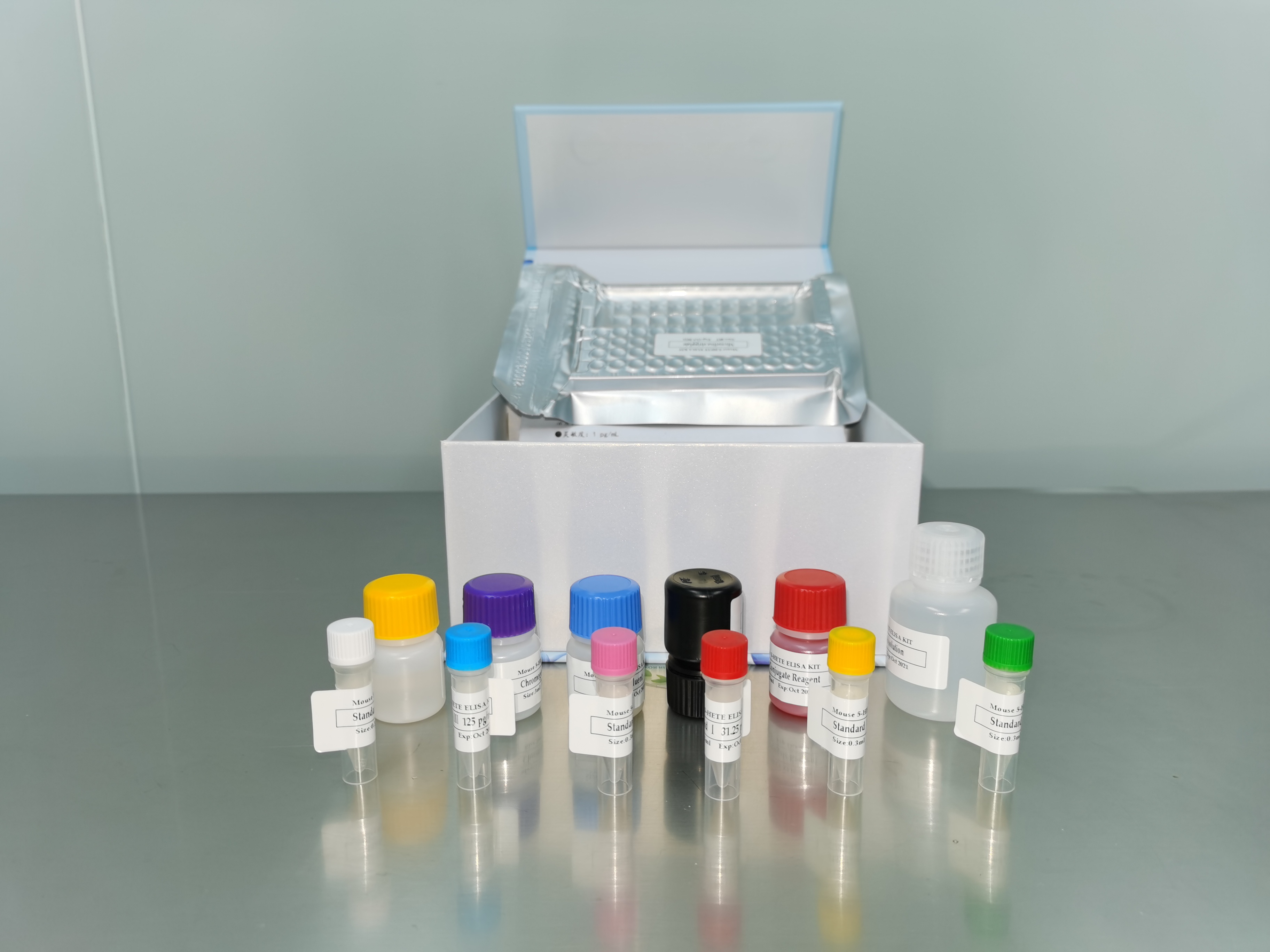| 产品名称: |
Leishmania donovani (Laveran and Mesnil) Ross |
| 商品货号: |
TS132425 |
| Deposited As: |
Leishmania donovani |
| Strain Designations: |
AG83 MHOM/IN/1983/AG83 |
| Biosafety Level: |
2
Biosafety classification is based on U.S. Public Health Service Guidelines, it is the responsibility of the customer to ensure that their facilities comply with biosafety regulations for their own country. |
| Isolation: |
Bone marrow aspirate, Kala-azar patient, India, 1983 |
| Product Format: |
frozen |
| Storage Conditions: |
Frozen Cultures:
-70°C for 1 week; liquid N2 vapor for long term storage
Freeze-dried Cultures:
2-8°C
Live Cultures:
See Protocols section for handling information |
| Comments: |
Strain is also known as MHOM/IN/1983/AG83 |
| Medium: |
ATCC® Medium 2736: M199, Modified Medium
ATCC® Medium 431: Trypanosome medium
ATCC® Medium 1011: Diphasic blood agar medium
ATCC® Medium 1012: Diphasic blood agar medium
ATCC® Medium 807: Brain heart infusion blood agar
|
| Growth Conditions: |
Temperature: 20°C to 25°C
Culture System: Axenic |
| Cryopreservation: |
Harvest and Preservation
- Harvest cells from a culture that is at or near peak density by centrifugation at ~800 x g for 5 min. Pool the cell pellets into a single tube.
- Adjust the concentration of cells to 2.0 x 107/mL.xa0 If the concentration is too low, centrifuge at ~800 x g for 5 minutes and resuspend the cell pellet with a volume of supernatant to yield the desired concentration.
- Prepare a 10% (v/v) sterile DMSO solution in fresh medium as follows:xa0 Add the required volume of DMSO to a glass screw-capped test tube and place on ice.xa0 Allow the DMSO to solidify.xa0 Add the required volume of refrigerated medium.xa0 Dissolve the DMSO by inverting several times.xa0 If the DMSO solution is not prepared on ice, an exothermic reaction will occur that may precipitate certain components of the medium.
- Mix the cell preparation and the DMSO in equal portions. Thus, the final concentration will be 107 and 5% (v/v) DMSO. The time from the mixing of the cell preparation and DMSO stock solution to the start of the freezing process should be no less than 15 min and no longer than 60 min.
- Dispense in 0.5 mL aliquots into 1.0 - 2.0 mL sterile plastic screw-capped cryules (special plastic vials for cryopreservation).
- Place vials in a controlled rate freezing unit. From room temperature cool at -1°C/min to -40°C. If freezing unit can compensate for the heat of fusion, maintain rate at -1°C/min through heat of fusion. At -40°C plunge ampules into liquid nitrogen.
- The frozen preparations are stored in either the vapor or liquid phase of a nitrogen refrigerator.
- To establish a culture from the frozen state place an ampule in a water bath set at 35°C. Immerse the vial enough to cover only the frozen material. Do not agitate the vial.
- Immediately after thawing, do not leave in the water bath, aseptically remove the contents of the ampule and inoculate into 10.0 mL of fresh ATCC medium 2736.
- Incubate the tube at 20-25°C with the cap screwed on tightly.
|
| Name of Depositor: |
N Ali |
| Chain of Custody: |
ATCC
|
| References: |
Mukhopadhyay S, et al. Immunoprophylaxis and immunotherapy against experimental visceral leishmaniasis. Vaccine 17(3): 291-300, 1999. PubMed: 9987166
Mukhopadhyay S, et al. Use of an attenuated leishmanial parasite as an immunoprophylactic and immunotherapeutic agent against murine visceral leishmaniasis. Clin. Diagn. Lab Immunol. 7(2): 233-240, 2000. PubMed: 10702498
Pucadyil TJ, et al. Cholesterol is required for Leishmania donovani infection: implications in leishmaniasis. Mol. Biochem. Parasitol. 133(2): 145-152, 2004. PubMed: 14698427
|


